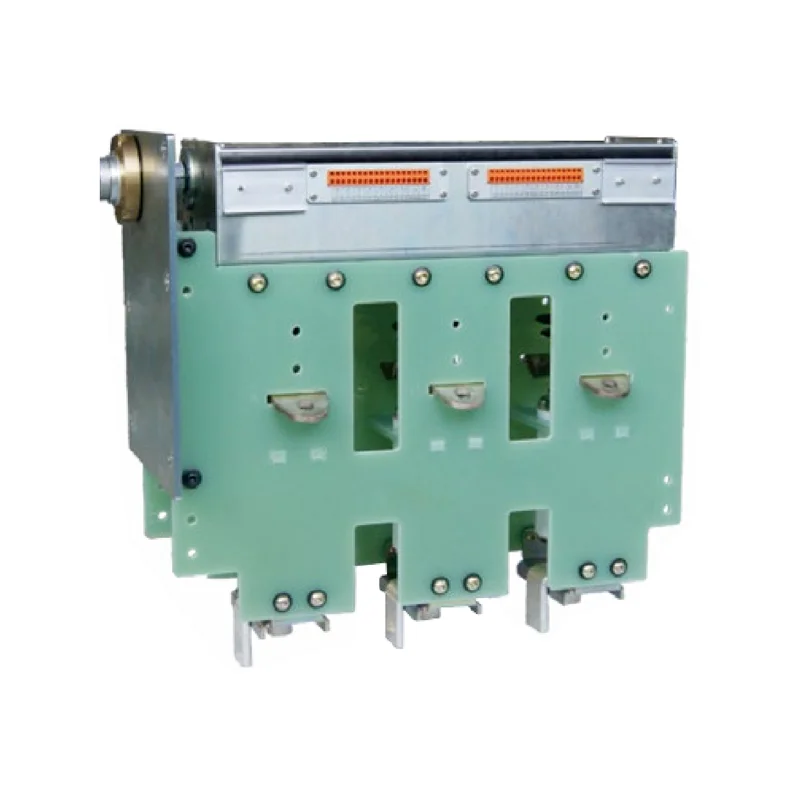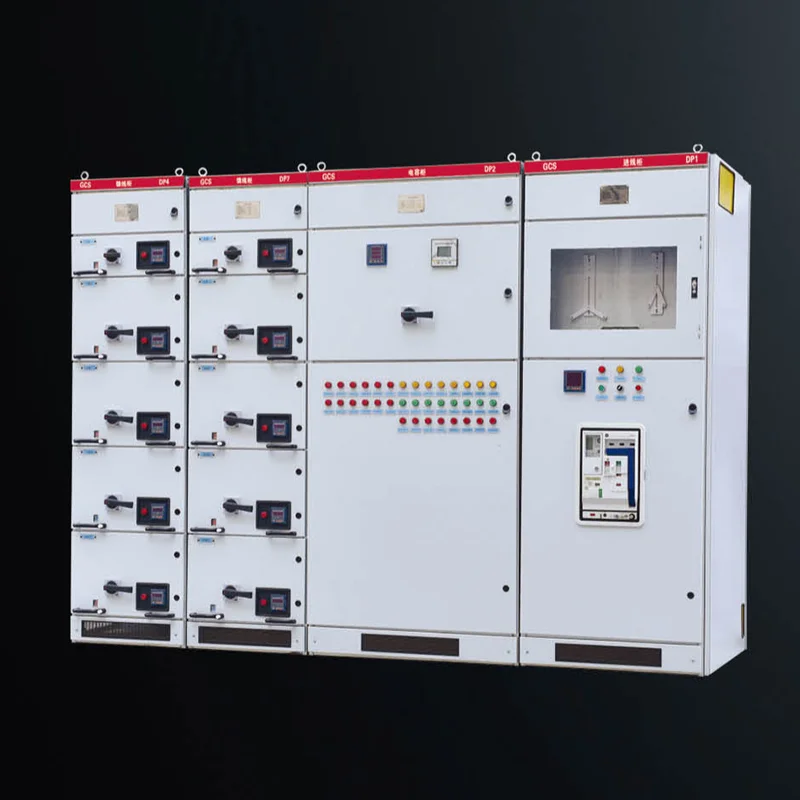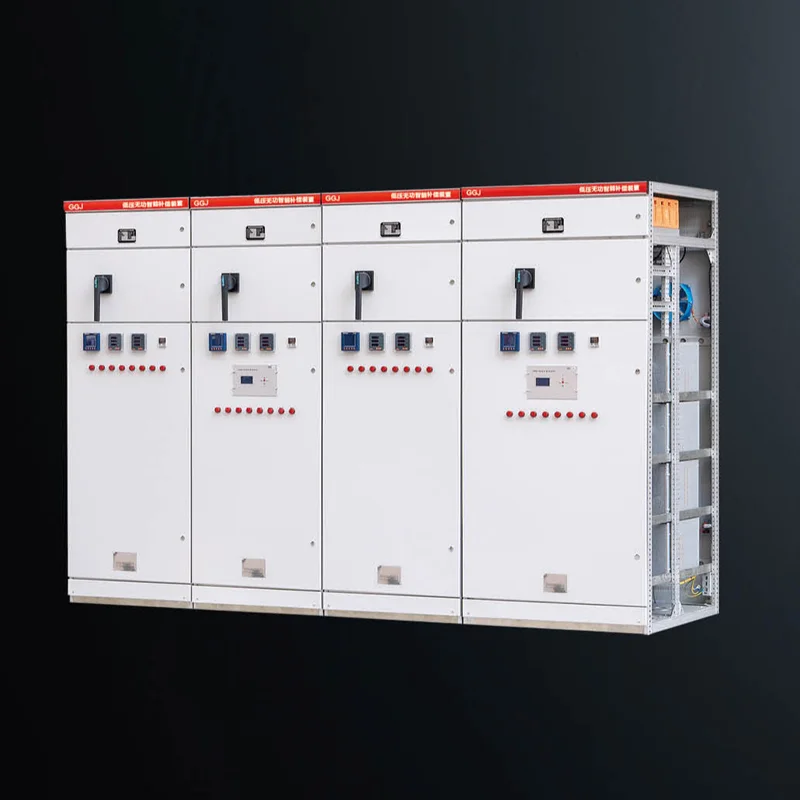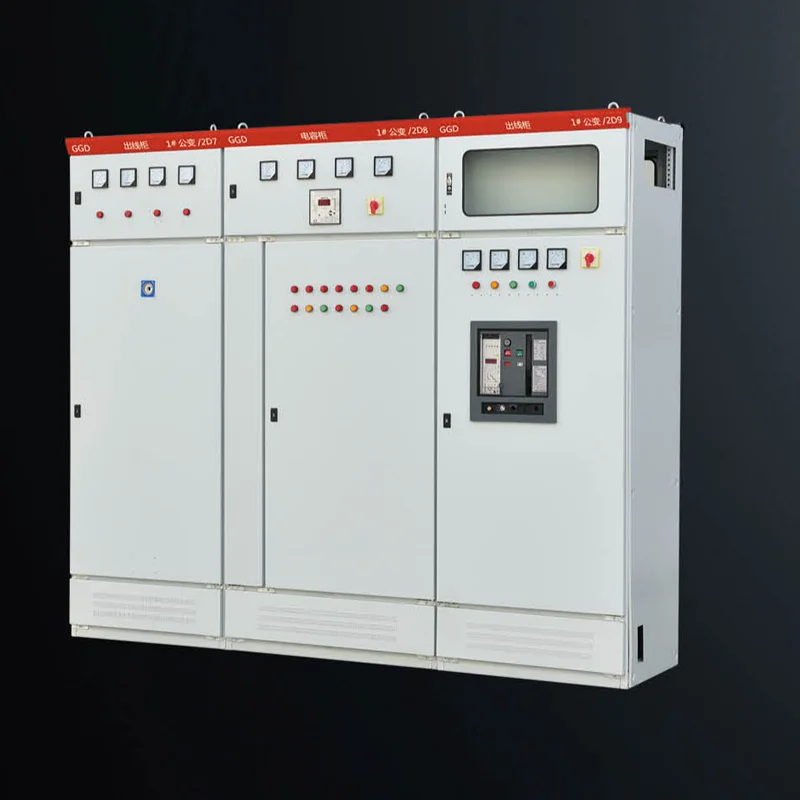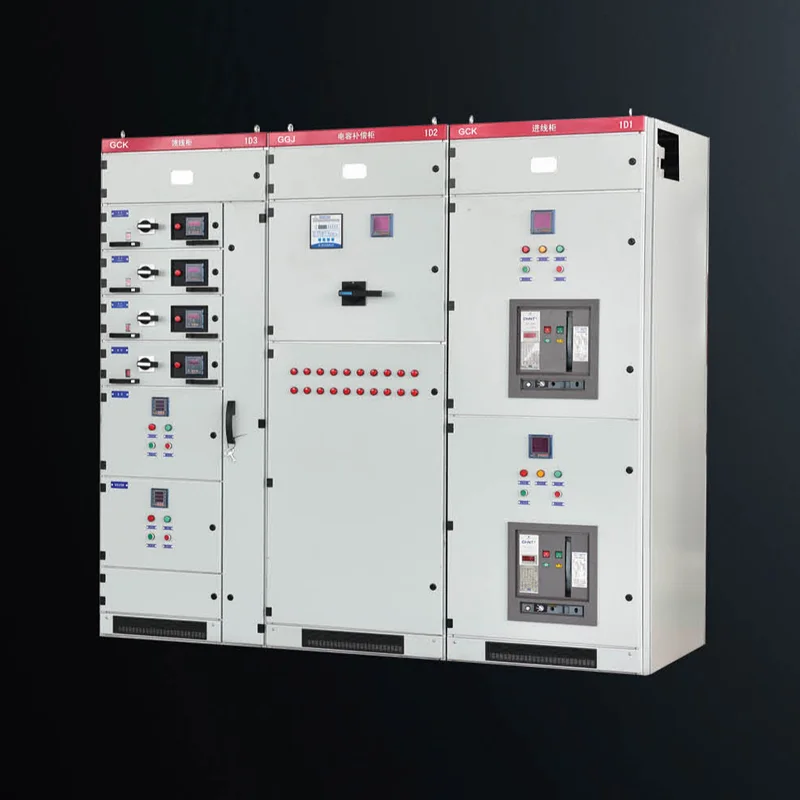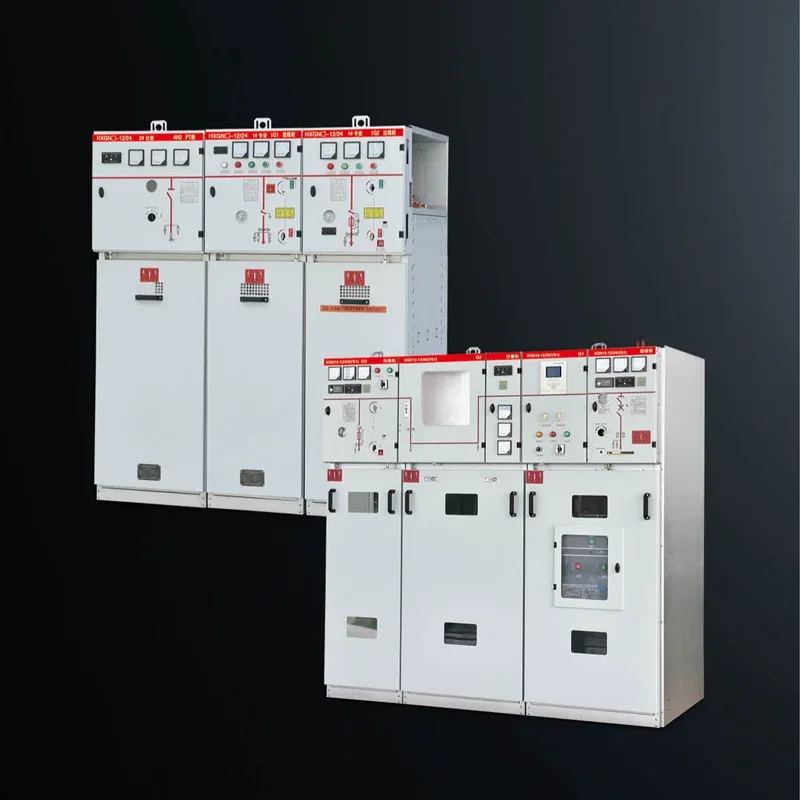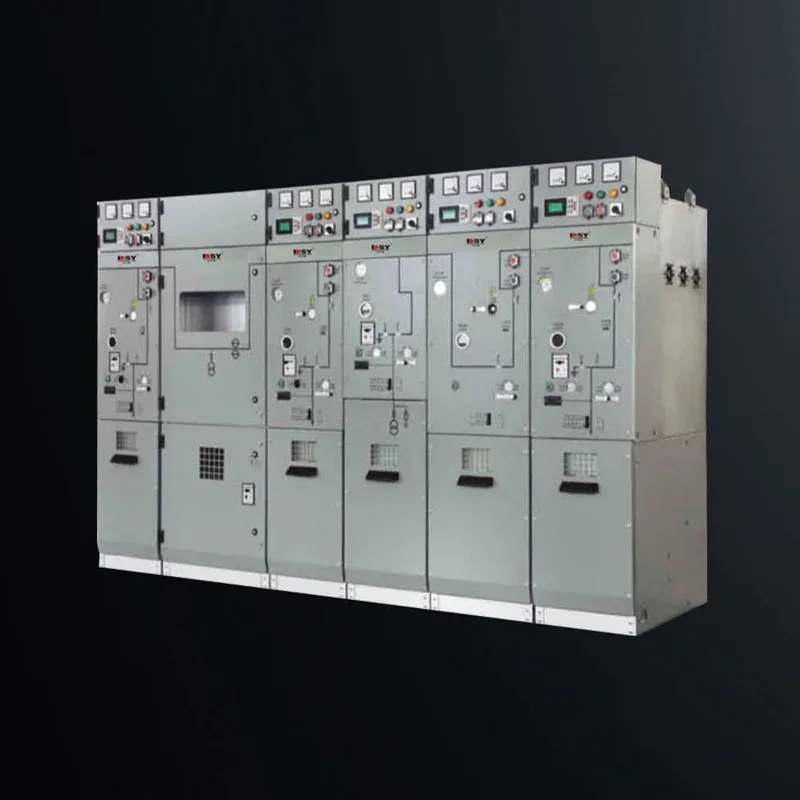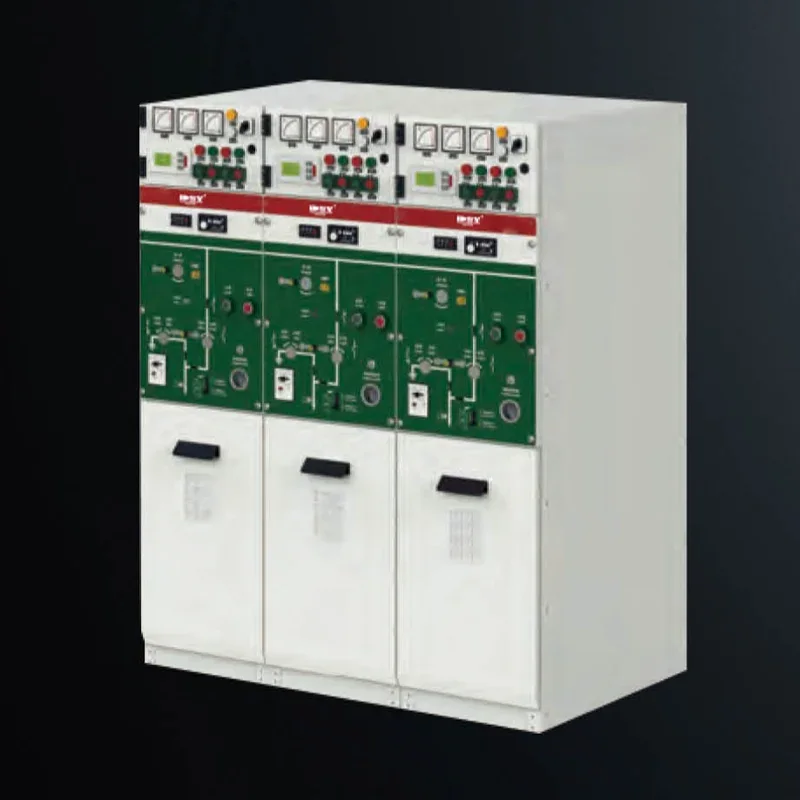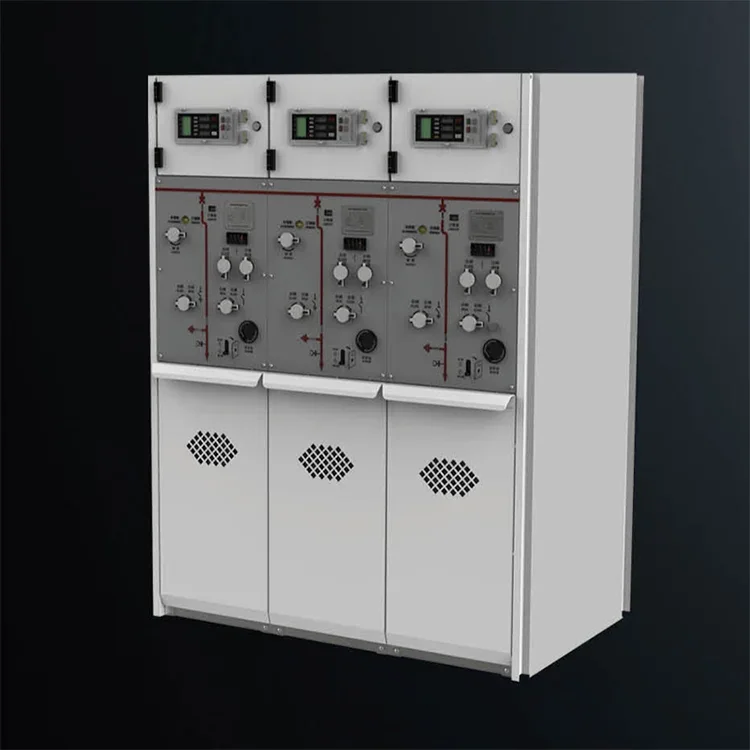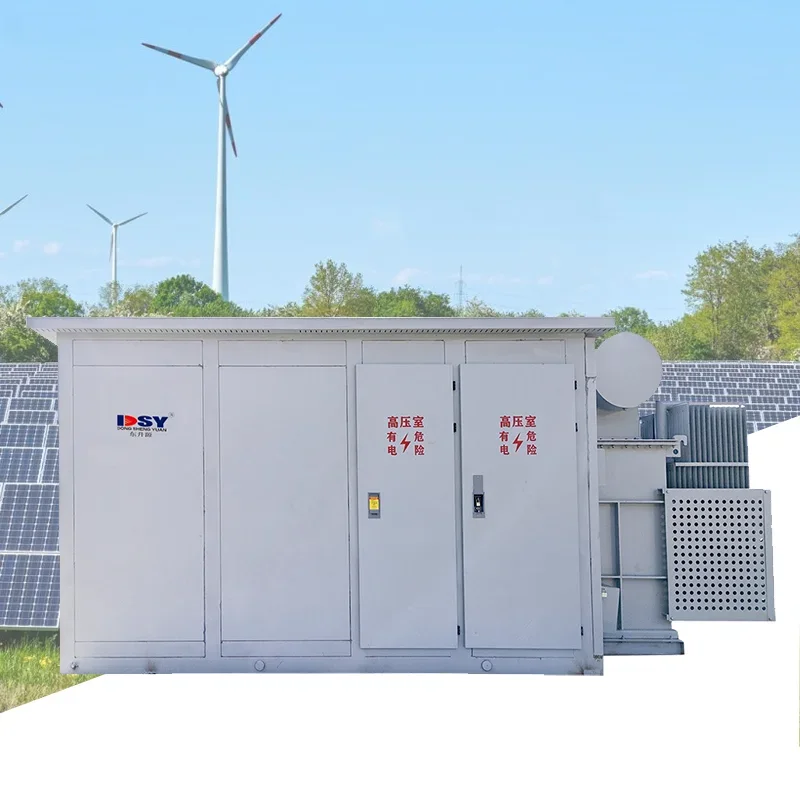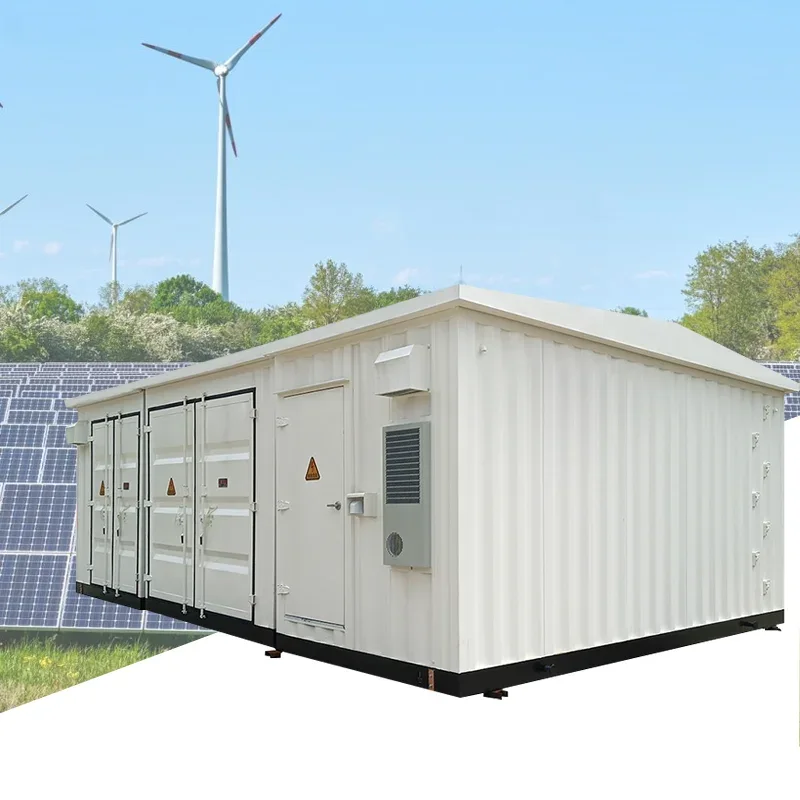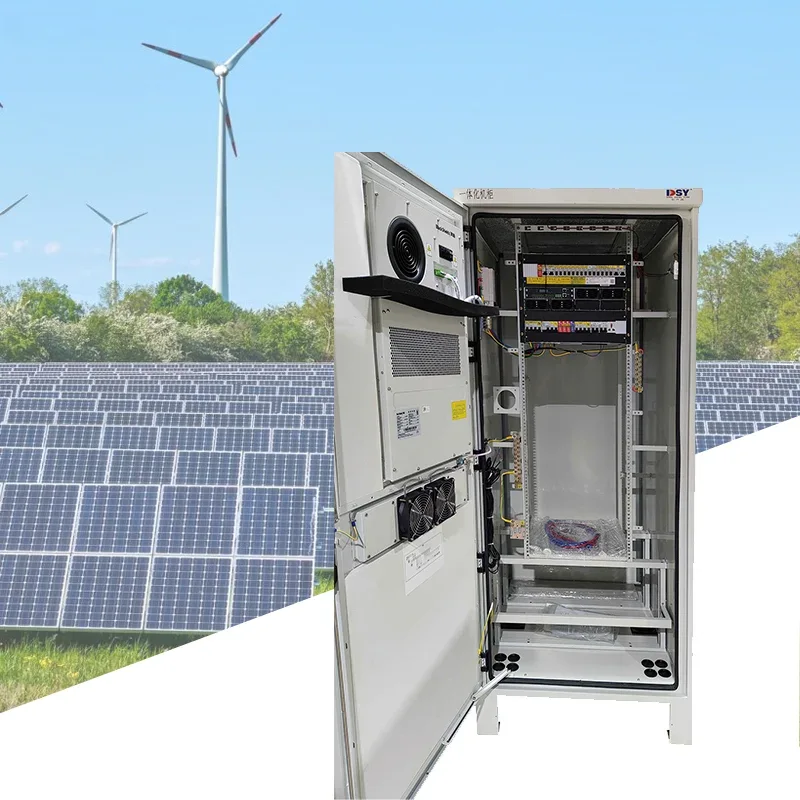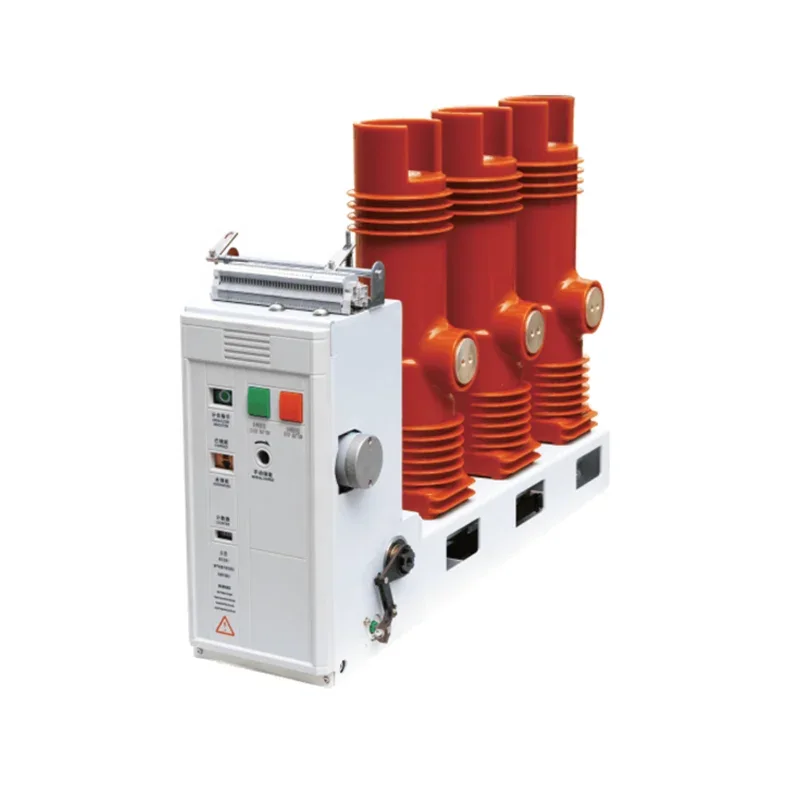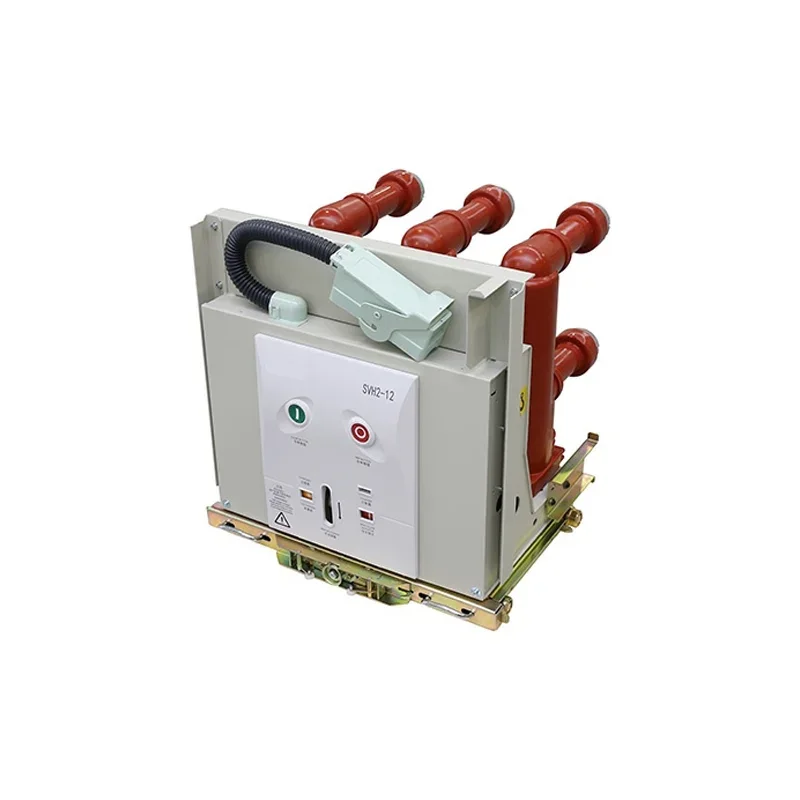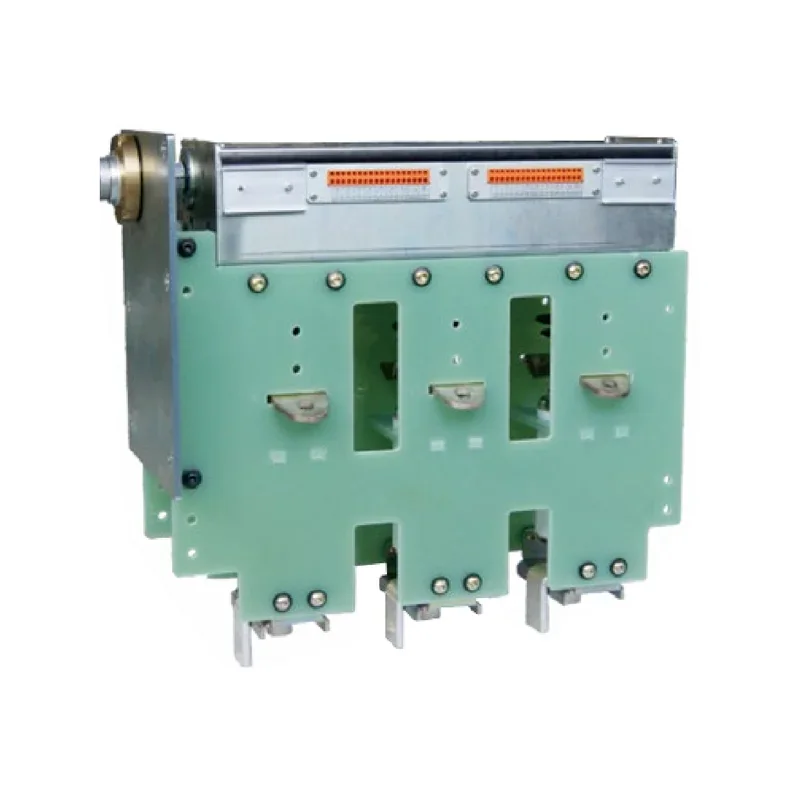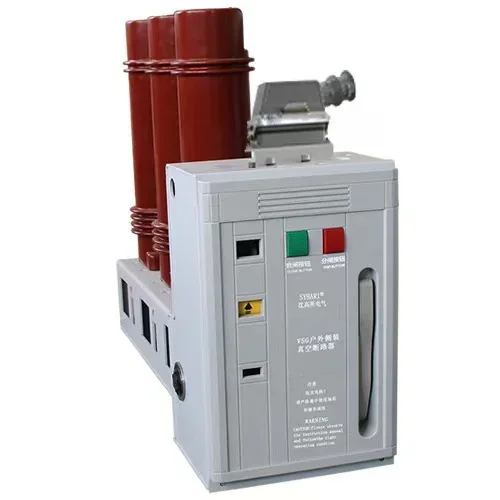Strategic Planning for Low Voltage Switchgear Upgrades: A Comprehensive Guide
Strategic Planning for Low Voltage Switchgear Upgrades Introduction to Low Voltage Switchgear Low voltage switchgear is crucial in electrical distribution systems, managing and protecting electrical circuits at voltages up to 1,000 volts AC and 1,500 volts DC. As technology advances and operational demands evolve, upgrading low voltage switchgear becomes essential. This comprehensive guide address
Aug 20,2025
Low voltage switchgear is crucial in electrical distribution systems, managing and protecting electrical circuits at voltages up to 1,000 volts AC and 1,500 volts DC. As technology advances and operational demands evolve, upgrading low voltage switchgear becomes essential. This comprehensive guide addresses the strategic planning necessary for effective upgrades, ensuring safety, efficiency, and compliance with industry standards.
Understanding the Need for Low Voltage Switchgear Upgrades
1. Technological Advancements
The electrical industry is rapidly evolving, with new technologies offering enhanced reliability and efficiency. Upgrading switchgear allows organizations to leverage these advancements, such as smart grid integration, advanced monitoring systems, and improved energy management solutions.
2. Regulatory Compliance
Compliance with local and international regulations is paramount. Upgrading low voltage switchgear ensures adherence to standards set by organizations like the International Electrotechnical Commission (IEC) and the National Electrical Manufacturers Association (NEMA), minimizing legal and safety risks.
3. Aging Infrastructure
Many facilities operate with outdated switchgear, which can lead to increased downtime and maintenance costs. Upgrading to modern switchgear can enhance operational reliability and reduce the likelihood of unexpected failures.
4. Efficiency and Energy Savings
Modern switchgear technologies are designed to operate more efficiently, contributing to overall energy savings. This not only lowers operational costs but also supports sustainability initiatives by reducing energy consumption.
The Strategic Planning Process for Upgrading Low Voltage Switchgear
Step 1: Assess Current Infrastructure
Before embarking on an upgrade, conducting a thorough assessment of the existing switchgear infrastructure is critical. This includes evaluating its condition, capacity, and capability to meet current and future demands. Key factors to consider include:
- Age of existing equipment
- Maintenance history and costs
- Current load requirements
- Future growth projections
Step 2: Define Upgrade Objectives
Establishing clear objectives for the upgrade is essential. Objectives may include:
- Enhancing safety and compliance
- Increasing operational efficiency
- Reducing maintenance costs
- Integrating advanced technologies
Defining these objectives will guide the planning process and help prioritize features and functionalities in the new switchgear system.
Step 3: Engage Stakeholders
Involving key stakeholders in the planning process ensures that all perspectives are considered. This may include:
- Electrical engineers
- Facility managers
- Safety officers
- Financial decision-makers
Regular communication with stakeholders helps in aligning goals and expectations, facilitating a smoother upgrade process.
Step 4: Develop a Comprehensive Upgrade Plan
A detailed upgrade plan should outline the steps necessary for implementation, including timelines, budget estimates, and resource allocation. Key components of the plan may include:
- Selection of the appropriate switchgear technology
- Scheduling of installation and downtime
- Training requirements for staff
- Safety protocols during the upgrade process
Step 5: Budgeting and Financial Analysis
Upgrading switchgear can be a significant investment. Conducting a financial analysis to assess costs versus benefits is crucial. Factors to consider include:
- Initial purchase and installation costs
- Long-term maintenance and operational savings
- Potential increases in efficiency and production
A well-structured budget can help justify the investment to decision-makers and secure necessary funding.
Step 6: Implementation and Monitoring
Once the plan is in place, the implementation phase begins. Effective project management ensures that the upgrade is completed on time and within budget. Monitoring the new system post-installation is vital to evaluate its performance against the defined objectives.
Best Practices for Low Voltage Switchgear Upgrades
1. Selecting the Right Technology
Choosing the appropriate technology is crucial. Consider factors such as:
- Compatibility with existing systems
- Scalability for future expansions
- Availability of support and service
Engaging with manufacturers and industry experts can provide insights into the latest technologies and their benefits.
2. Prioritizing Safety
Safety should always be a top priority during any upgrade. Implementing comprehensive safety protocols and ensuring all personnel are trained in new equipment operation is essential to prevent accidents and injuries.
3. Conducting Regular Maintenance
Post-upgrade, regular maintenance is vital to ensure the longevity and efficiency of the new switchgear. Developing a maintenance schedule that includes routine inspections and preventive maintenance can mitigate potential issues before they arise.
4. Staying Informed on Industry Trends
The electrical industry is continuously evolving. Staying updated on the latest trends and technologies can help organizations make informed decisions regarding future upgrades and enhancements.
5. Documenting the Upgrade Process
Thorough documentation of the upgrade process, including decisions made, challenges encountered, and solutions implemented, is invaluable. This information can serve as a reference for future upgrades and provide insights for continuous improvement.
Frequently Asked Questions (FAQs)
1. What is low voltage switchgear?
Low voltage switchgear is a collection of electrical devices used to control, protect, and isolate electrical equipment in low voltage systems. It typically operates at voltages up to 1,000 volts AC and 1,500 volts DC.
2. Why should I upgrade my switchgear?
Upgrading switchgear is essential to enhance safety, improve efficiency, comply with regulations, and reduce maintenance costs associated with outdated equipment.
3. How do I assess the need for a switchgear upgrade?
Conduct a thorough evaluation of your current switchgear, considering its age, performance, and ability to meet current and future demands. Engaging stakeholders can provide valuable insights.
4. What are the key components of a switchgear upgrade plan?
A comprehensive upgrade plan should include assessment results, defined objectives, stakeholder engagement, budget estimates, timelines, and training requirements.
5. How can I ensure the safety of my personnel during the upgrade process?
Implement strict safety protocols, provide adequate training for staff, and ensure all safety precautions are followed throughout the upgrade process to mitigate risks.
Conclusion
Strategic planning for low voltage switchgear upgrades is a multifaceted process that requires careful consideration of various factors, from technological advancements to regulatory compliance. By following a structured approach that includes assessing current infrastructure, defining objectives, engaging stakeholders, and developing a comprehensive upgrade plan, organizations can successfully navigate the challenges of upgrading their switchgear. Emphasizing best practices, such as prioritizing safety and staying informed on industry trends, will further enhance the effectiveness of these upgrades. Ultimately, investing in modern low voltage switchgear is not just about compliance; it’s about securing a reliable and efficient electrical system for the future.
Related News
From June 5th to 8th, 2025, Shenzhen Dongshengyuan Electrical Equipment Co., Ltd. (hereinafter referred to as "Dongshengyuan Electric") participated in the Southeast Asia Electricity and Energy Exhibition (SEAPAE) held in Jakarta, Indonesia. During the exhibition, the company highlighted its three core product lines: high-voltage and low-voltage distribution switchgear, intelligent circuit breakers, and environmentally friendly load switches. These products are designed to provide targeted solutions for the high temperature and high humidity environments commonly found in Southeast Asia, as well as the growing demand for new energy access. They have successfully attracted over 200 industry customers for business negotiations.
The difference between circuit breakers and vacuum circuit breakers
Circuit breaker is an abbreviation for pole type circuit breaker. Circuit breakers are also vacuum circuit breakers

